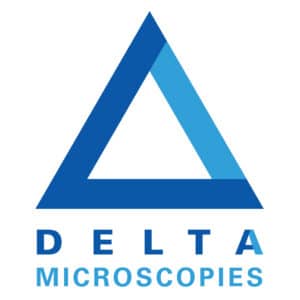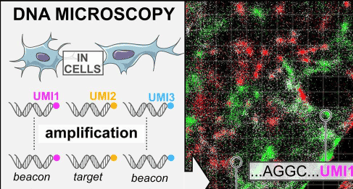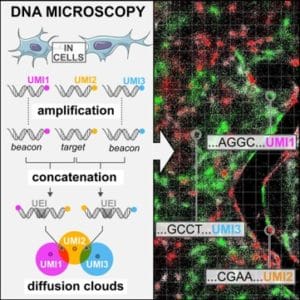DNA microscopy makes it possible to observe both the arrangement of cells and their genetic content, thanks to an ingenious approach combining biochemistry and algorithmic reconstruction. An entirely new approach which will allow, for example, to locate mutant cells in tissues ……
Considerable progress has been made in observing living cells since the invention of the light microscope over four centuries ago. However, if these devices are very efficient at mapping the spatial organization of cells, they are unable to identify their genetic material. It is then necessary to resort to additional DNA sequencing techniques which do not take into account the arrangement of cells.
Chemistry to replace optics
It is a new approach combining these two objectives that researchers from the Broad Institute of Cambridge have developed, detailed in an article published on June 20 in the journal Cell. Called DNA microscopy, their technique uses neither an optical instrument nor physical sequencing, but is based on image reconstruction from the relative proximity of cells to each other thanks to their biochemical exchanges.
The researchers first created DNA versions of the cells’ RNA to be able to track them. They then labeled each DNA molecule with a “tag” (short DNA sequences), then amplified to produce a large amount of these labeled molecules. If two molecules are close to each other, they will then bond and generate a unique label that signs their meeting. It is thus possible to determine the relative position of each cell. These unique tags are then counted using DNA sequencing and the image is reconstructed using a computer algorithm. “Think of the original DNA molecules as radio towers that send messages to each other in the form of DNA molecules,” says Joshua Weinstein, lead author of the study. When a tower communicates with another neighboring tower, the transmission signal between them is used to map their location. ”
this article from futura magazine is taken from the excellent publication by Céline Deluzarche.
I wanted to share this major information with my community of microscopists.
more info read ……



